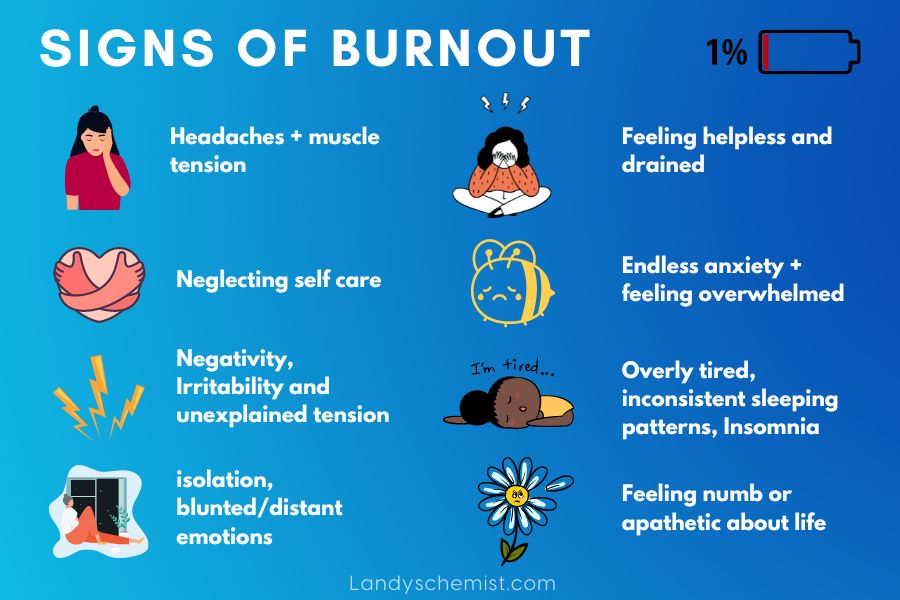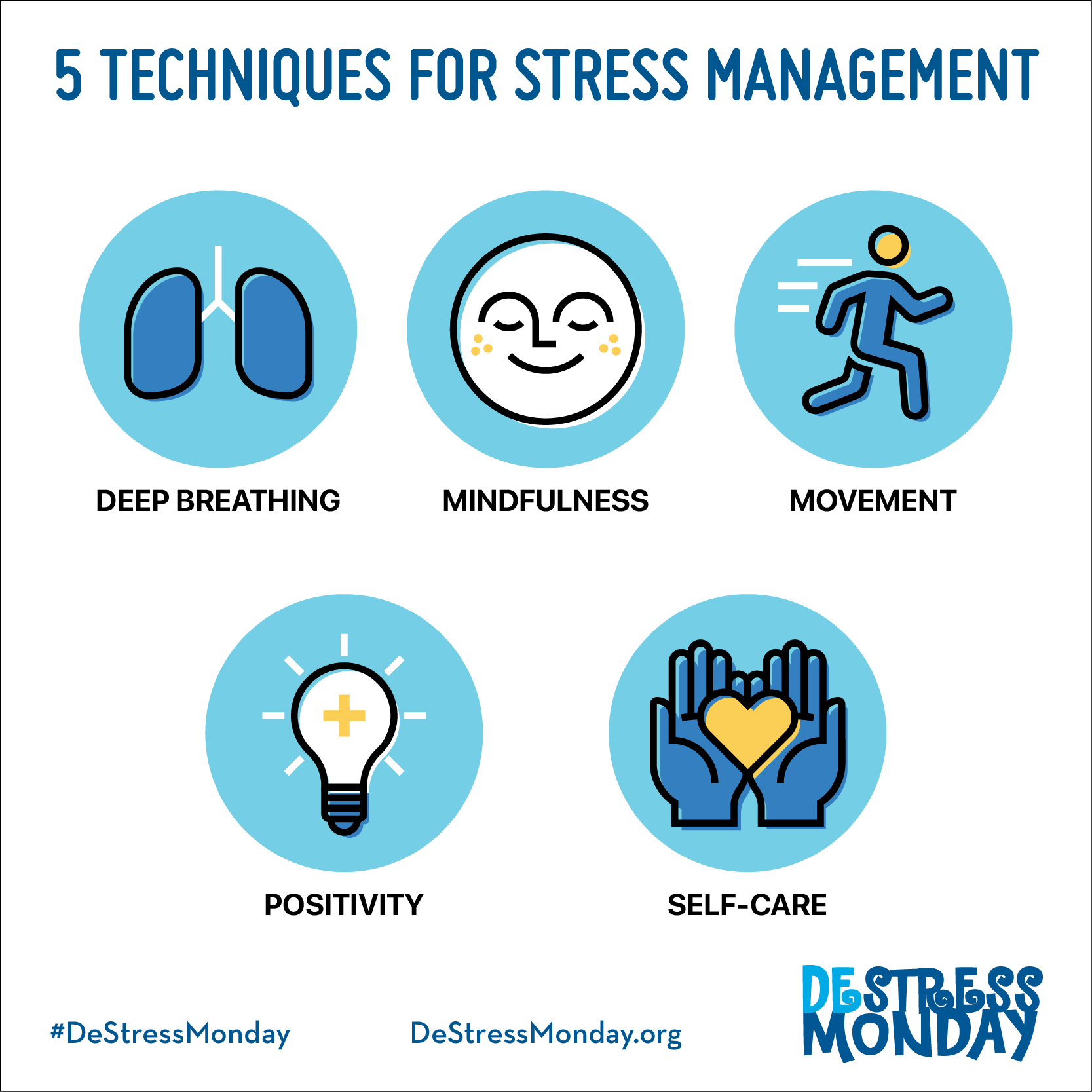Burnout is a growing concern for professionals who juggle demanding schedules and high-pressure work environments. This condition, characterized by physical exhaustion, emotional detachment, and reduced performance, often stems from chronic workplace stress. While many professionals are adept at meeting deadlines and achieving goals, they may neglect their well-being in the process. Recovering from burnout requires intentional effort and practical strategies to restore balance.
This article provides actionable mental health tips tailored for busy individuals, helping them recognize signs of burnout, implement recovery techniques, and build resilience to prevent future stress. Let’s explore effective ways to reclaim energy and maintain mental clarity while navigating a hectic lifestyle.
Recognizing Burnout in the Modern Workplace
What is Burnout?
Burnout is more than just feeling tired after a long day. The World Health Organization defines it as a syndrome resulting from unmanaged workplace stress. Key symptoms include:

- Physical fatigue: Persistent exhaustion that isn’t alleviated by rest.
- Emotional exhaustion: Feeling overwhelmed or detached from work.
- Reduced efficiency: Difficulty concentrating or completing tasks effectively.
Why Professionals are at Risk
Professionals in fast-paced industries face constant demands, tight deadlines, and sometimes unrealistic expectations. Factors like lack of autonomy, insufficient support, and poor work-life balance exacerbate stress levels. Over time, this unrelenting pressure can lead to burnout, affecting both physical health and mental well-being.
The Warning Signs
Burnout doesn’t happen overnight. Early indicators include:
- Increased irritability or frustration.
- Apathy towards previously enjoyable activities.
- Frequent headaches, insomnia, or stomach issues.
Recognizing these signs early can help professionals take proactive steps to recover.
Steps to Recover from Burnout
1. Prioritize Self-Care
Self-care is crucial for mental and physical rejuvenation. Start with simple changes:

- Sleep hygiene: Aim for 7–9 hours of quality sleep each night. Establish a bedtime routine to signal your body it’s time to wind down.
- Balanced nutrition: Incorporate nutrient-rich foods like fruits, vegetables, and whole grains into your diet to boost energy levels.
- Exercise: Regular physical activity, such as yoga or walking, releases endorphins that combat stress and improve mood.
Focusing on these basic needs creates a strong foundation for long-term recovery.
2. Set Boundaries at Work
Busy professionals often struggle with saying no, leading to overcommitment. Establishing boundaries can prevent burnout from escalating.

- Manage workload: Delegate tasks when possible and communicate your capacity honestly with colleagues.
- Take breaks: Regular short breaks during work hours can refresh your mind and improve productivity.
- Disconnect: Limit work-related communication outside office hours to preserve personal time.
Learning to balance professional responsibilities with downtime is key to sustaining energy and enthusiasm.
3. Cultivate a Support Network
Isolation can intensify burnout symptoms. Building a strong support system provides emotional relief and valuable perspective.

- Colleagues: Share your struggles with trusted coworkers who may have similar experiences.
- Friends and family: Lean on loved ones for encouragement and motivation.
- Therapists or coaches: Seeking professional help can offer tailored strategies to address burnout effectively.
A supportive environment fosters understanding and helps individuals regain confidence in managing stressors.
Preventing Future Burnout
1. Develop Stress-Management Techniques
Incorporating stress-reduction practices into your daily routine can prevent burnout from recurring.

- Mindfulness: Techniques like meditation and deep breathing promote relaxation and reduce anxiety.
- Time management: Organize tasks with tools like to-do lists or scheduling apps to prioritize effectively.
- Positive reframing: Focus on what you can control and practice gratitude to shift your mindset.
These habits encourage emotional resilience and a proactive approach to challenges.
2. Redefine Success
Burnout often stems from the pursuit of unrealistic goals. Reassessing priorities and redefining success can alleviate pressure.
- Set realistic expectations: Break larger goals into manageable steps and celebrate small wins.
- Focus on personal growth: Embrace progress over perfection and value learning opportunities.
- Maintain hobbies: Engaging in creative or recreational activities outside work adds variety to your routine.
Aligning career ambitions with personal values enhances fulfillment and reduces stress.
3. Advocate for Workplace Wellness
Organizations play a significant role in preventing burnout. Advocate for policies and practices that prioritize employee well-being.
- Flexible work arrangements: Remote work or flexible hours accommodate diverse needs.
- Mental health resources: Access to counseling services or wellness programs supports recovery.
- Open dialogue: Encouraging conversations about mental health reduces stigma and fosters a supportive culture.
By promoting these initiatives, professionals contribute to healthier work environments for themselves and their peers.
Real-Life Stories of Burnout Recovery
Case Study 1: Sarah, a Marketing Executive
Sarah’s packed schedule left her feeling overwhelmed and disconnected from her team. After recognizing signs of burnout, she sought help from a therapist who introduced her to mindfulness exercises. By incorporating daily meditation and adopting time-blocking strategies, Sarah regained focus and improved her work-life balance.
Case Study 2: Daniel, a Financial Analyst
Daniel faced chronic stress due to long hours and tight deadlines. After an honest conversation with his manager, he transitioned to a role with reduced responsibilities. With the extra time, he pursued hobbies like painting, which reignited his creativity and enthusiasm for life.
These stories highlight the importance of proactive recovery steps and workplace support in overcoming burnout.
Conclusion
Burnout recovery is a journey that requires intentional effort, patience, and self-compassion. By prioritizing self-care, setting boundaries, and building supportive networks, busy professionals can regain their energy and resilience. Preventive measures, such as stress management and workplace advocacy, ensure sustainable success and long-term well-being.
Have you experienced burnout or implemented strategies to overcome it? Share your story or explore our resources for more tips on maintaining mental health and achieving balance in a demanding world. Let’s foster a conversation about well-being in the workplace!

Leave a Reply